Consecrated stones
Saving parts, to honor the whole
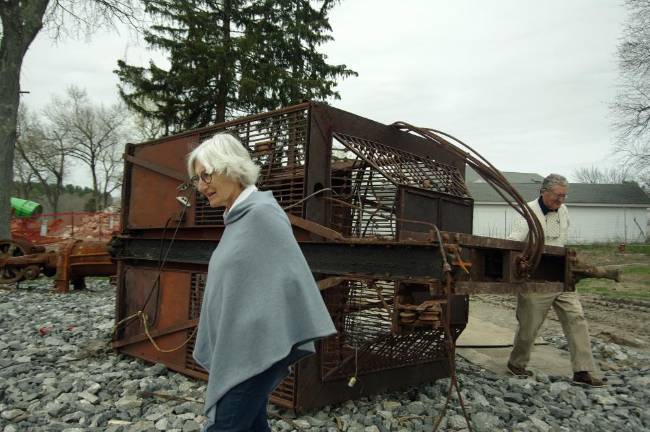
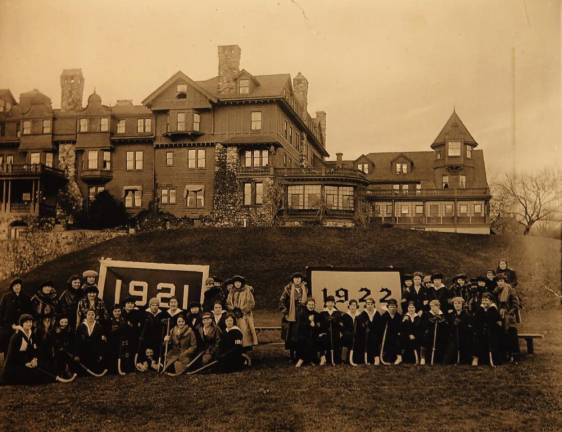
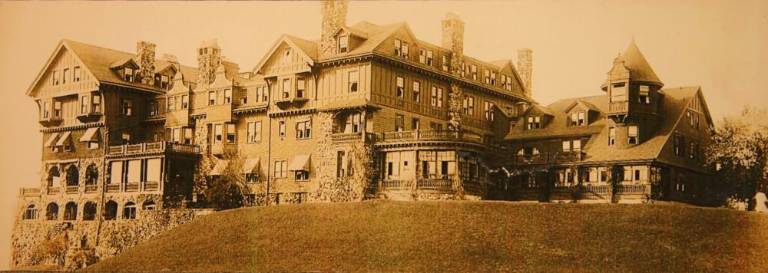
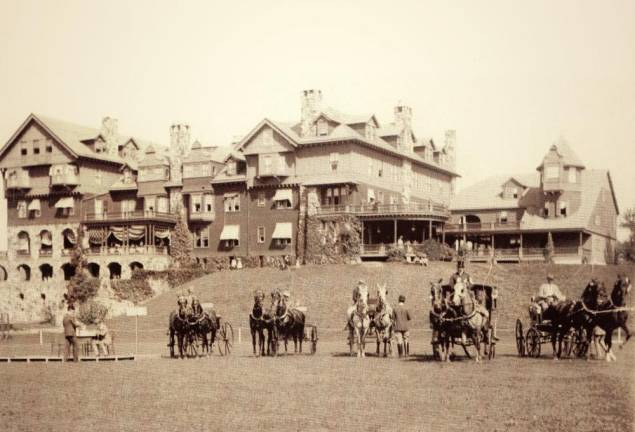
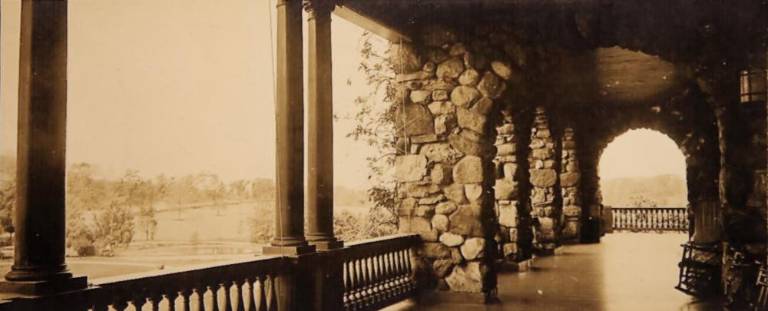
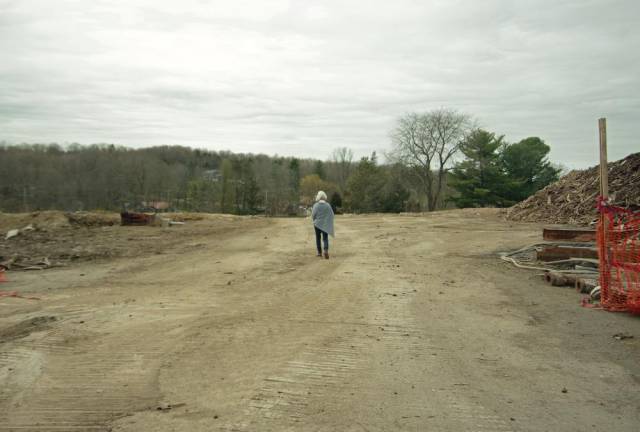
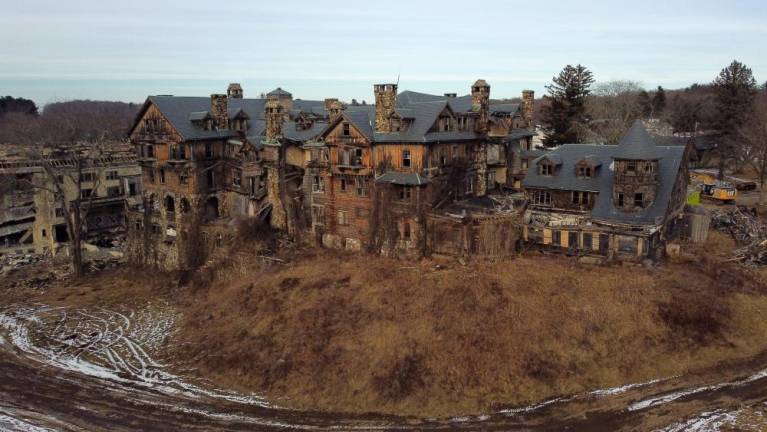
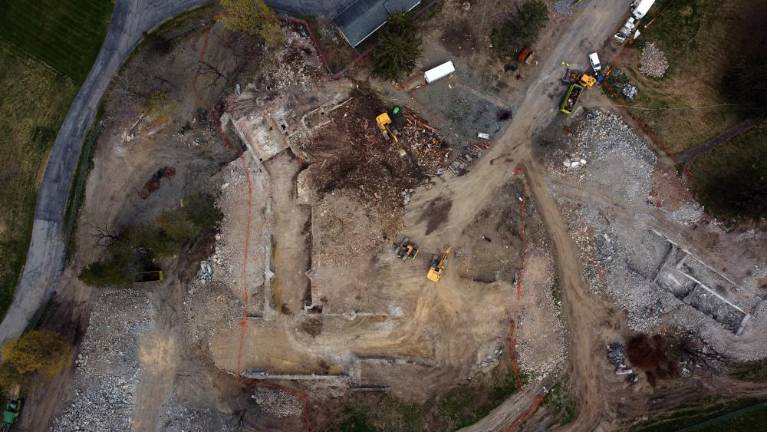

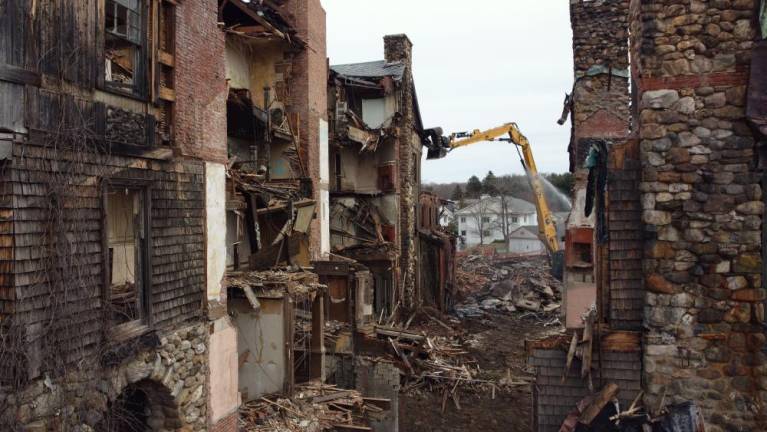
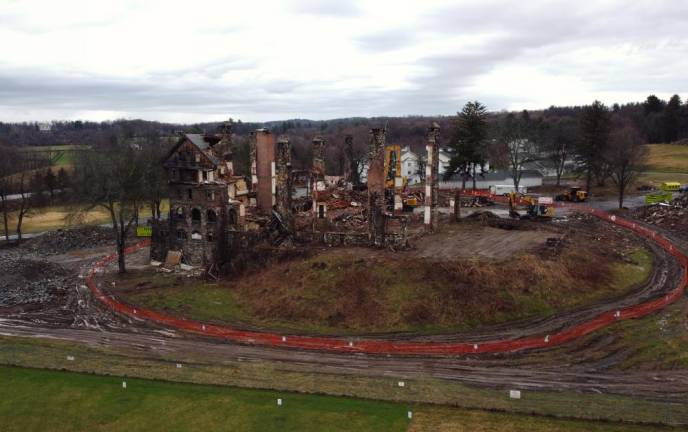
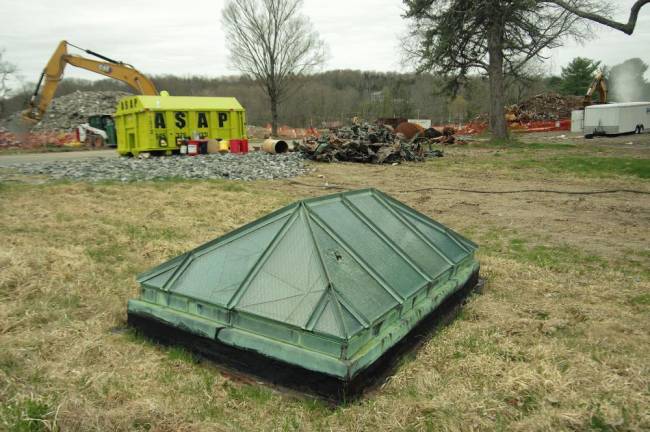
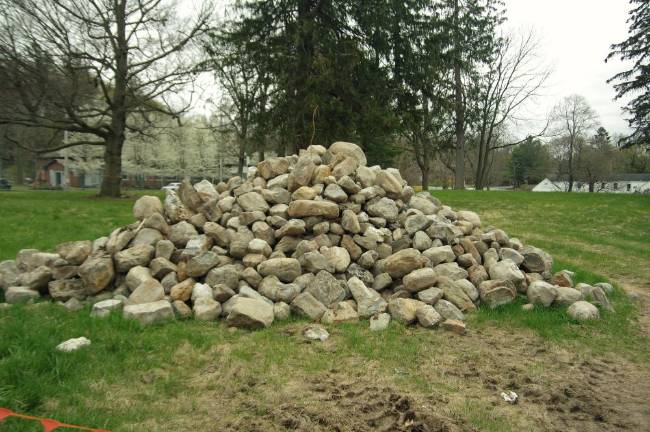
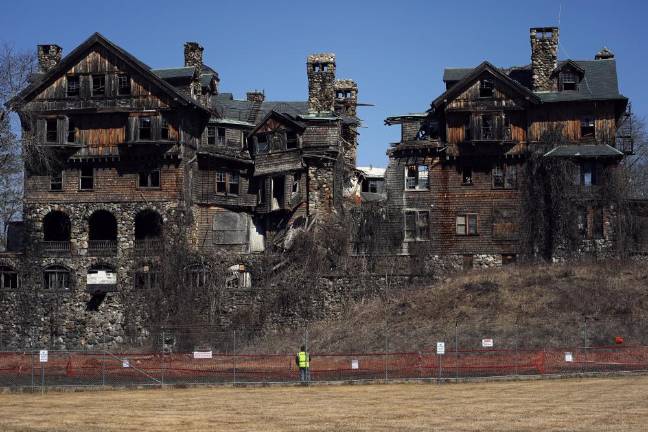
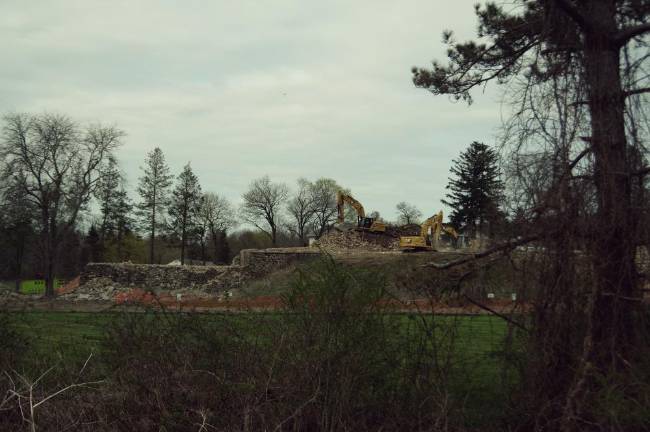
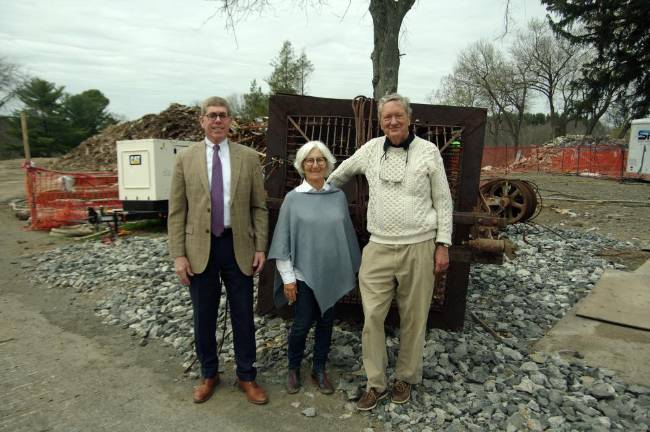
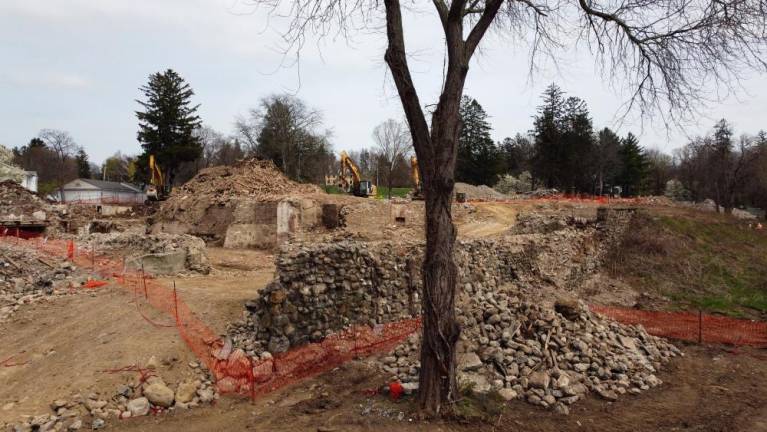
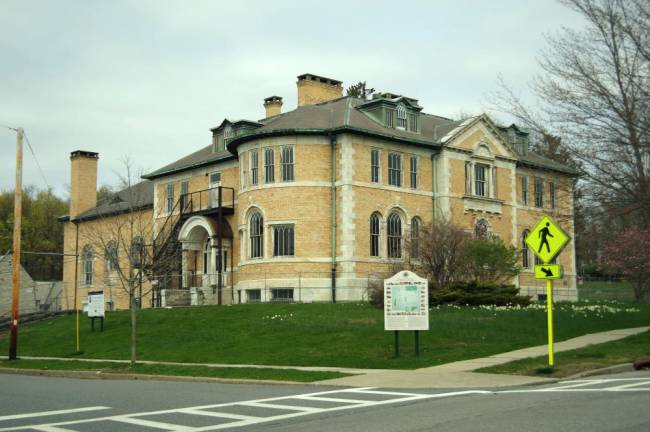
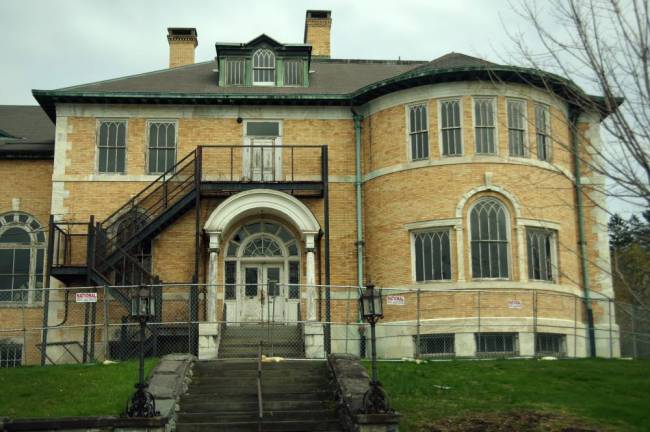
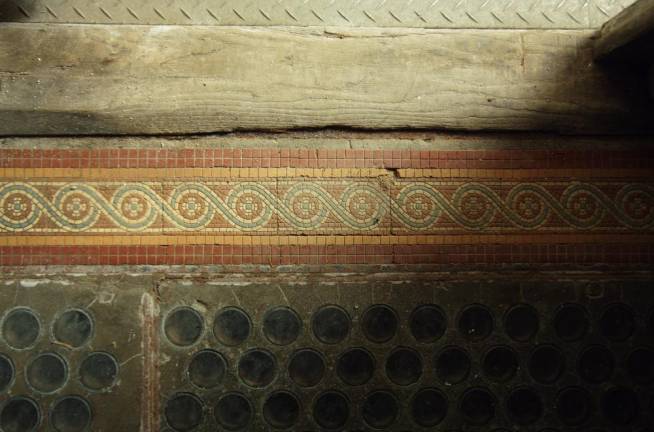
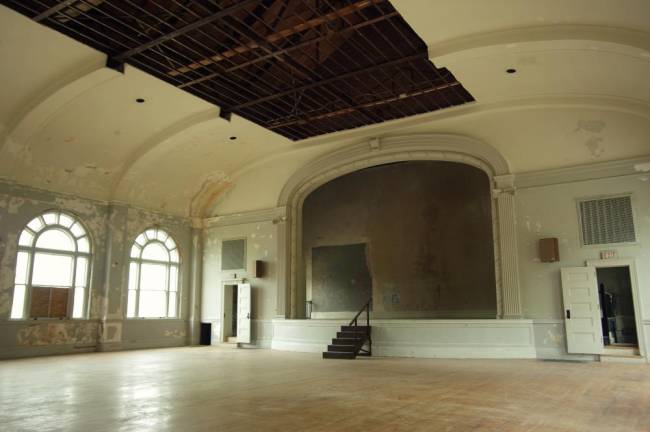
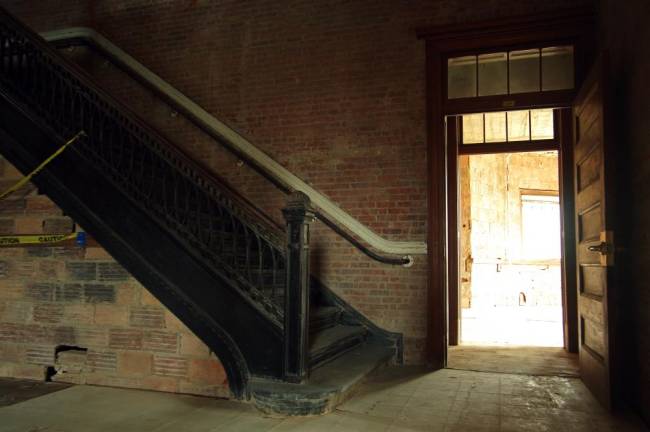
Abandoned structures are taken down every day. There’s nothing remarkable about it. That may be true, so what made me drive nearly two hours to have an existential crisis over a diner coffee?
Because that’s where I found myself, sipping my morning coffee in the corner booth of the Millbrook Diner, wondering: What is history? Why is it that we feel such powerful emotions when standing in places with deep histories or touching our hands upon walls touched by generations before us? These pieces of the past are precious things, and if enough of them erode away, won’t some vital part of our sense of self be lost with them? I tried to shake these convoluted thoughts as I sipped my coffee, kindly bought for me by Charlie Pierce. Pierce is a board member of the Millbrook Community Partnership in Millbrook, NY, and one of a small group working to ensure that the village doesn’t lose its own pieces of history, even if sometimes pieces are all that remain. A couple of miles down the road the old Bennett School was being reduced to rubble at that very moment. Once a proud institution of great renown, time and perpetual disuse had gotten the better of the aging place. Vacant since the late 1970s, water damage had ruined the wooden structure to the point of no return decades ago, leaving a derelict building on the main thoroughfare into town that looked worse and worse with every passing year. I knew the building well, becoming personally infatuated with its old world beauty after first seeing it in early 2009. Now it was finally being put to rest, but care is being taken to ensure that it won’t be forgotten.The Millbrook Community Partnership plans to buck the norm, and serve as a model of how to preserve the history of a building when the building itself can’t be saved. Instead, the group saw the potential for a space where the past can exist alongside the present, rather than the all-too-common mindset of demolition and replacement.What does it look like, though, to redesign a property with the aim of celebrating its history while at the same time tearing down the building that created it? At its core, it’s a balancing act – an act that few have performed successfully, which makes it a very important act indeed. The future iteration of the Bennett School property will be known as Bennett Park. The name honors what once stood tall on the knoll, where families will soon enjoy picnics and walk their dogs. It also serves to remember May Friend Bennett, who founded the Bennett School for Women in Irvington, NY in 1890, which relocated to the building in Millbrook, formally known as Halcyon Hall, and operated there from 1907 until its closure in 1978. The partnership has also preserved the school director’s private residence, situated on a hilltop over the old school and future park, which will become a sort of a museum, housing relics saved from the site during demolition. Beyond that though, they hope to save the heart of the building itself: the Italian masonry that forms the base of the front porches and the length of the foundation of the building.These stonework porches were hands-down the best-loved feature of the campus in its heyday. Crowds would gather on the porch to watch horse shows on the grounds below. Students would linger there to study and socialize. Ann Ives, a member of Bennett’s last graduating class, shared her own recollections. “On weekends, even though nobody had any classes to attend, everyone still hung out in that building, in any way possible,” said Ives, who delivered the school’s final graduation speech. “If the weather was nice everyone was always on that porch.”Rather than taking the easy route of plowing under those stones from the porches and chimneys and erecting a plaque, the partnership hopes to retain as much of the old stonework as possible, to incorporate into the future Bennett Park. They will keep them intact, as a wall if feasible. In doing so, they will be both safeguarding and celebrating something truly special – physical history. The pieces of the past that form the present.These stones are, on the one hand, just stones. On the other, they are consecrated, a repository for all the stories and memories of those who knew Bennett long ago. Their echo can now be heard by generations who will have never seen the building as it stood, but will know it all the same.